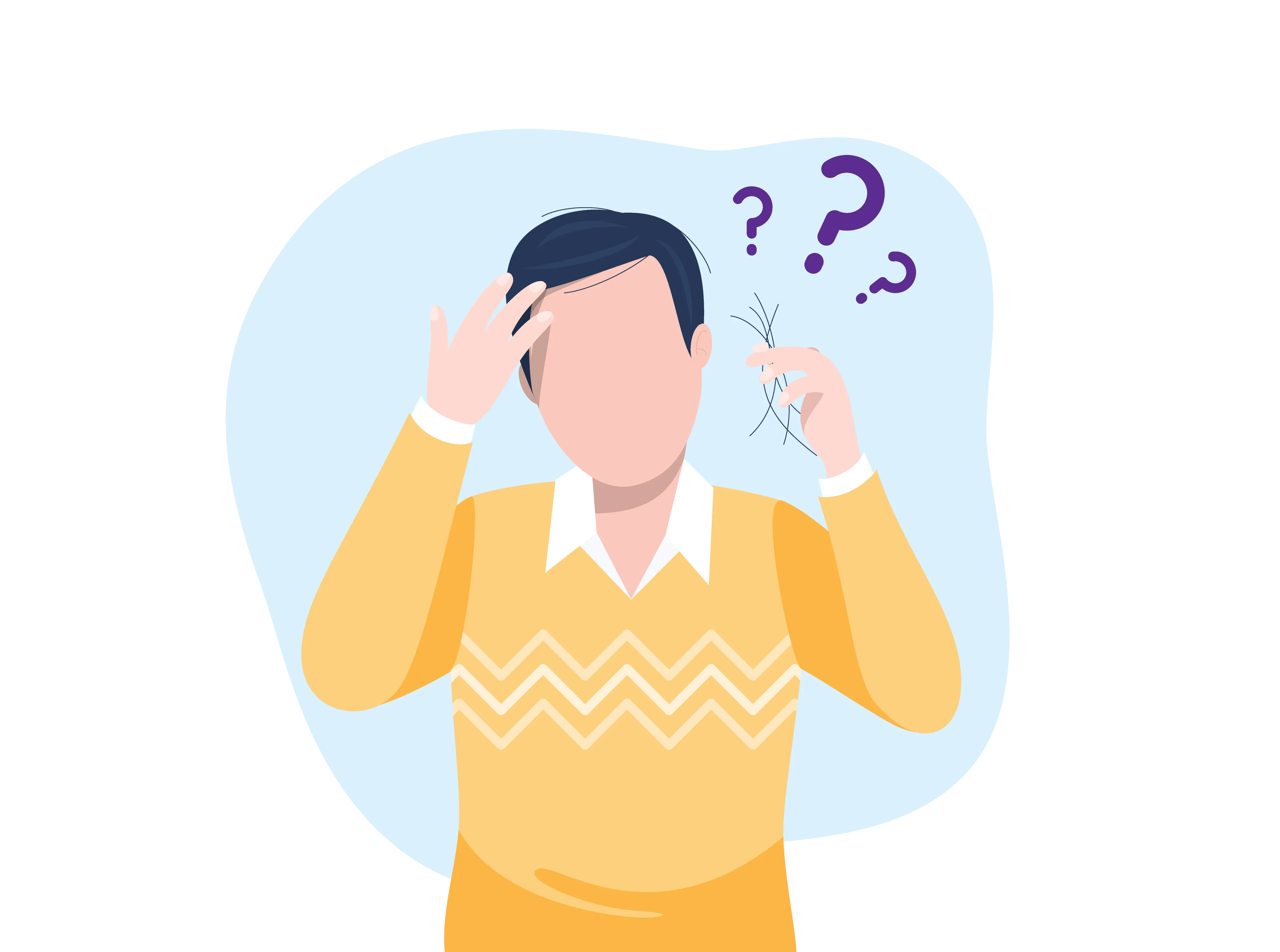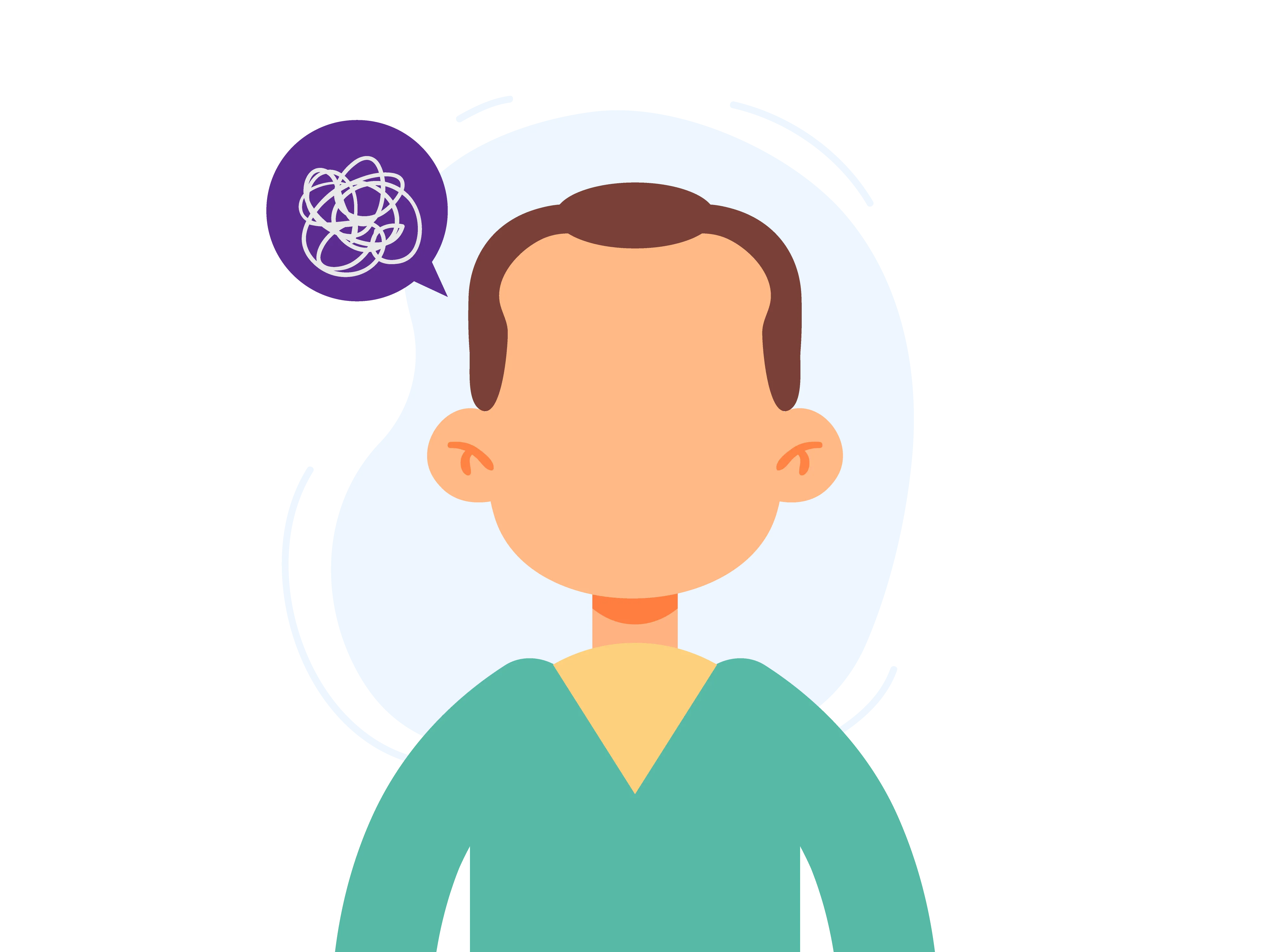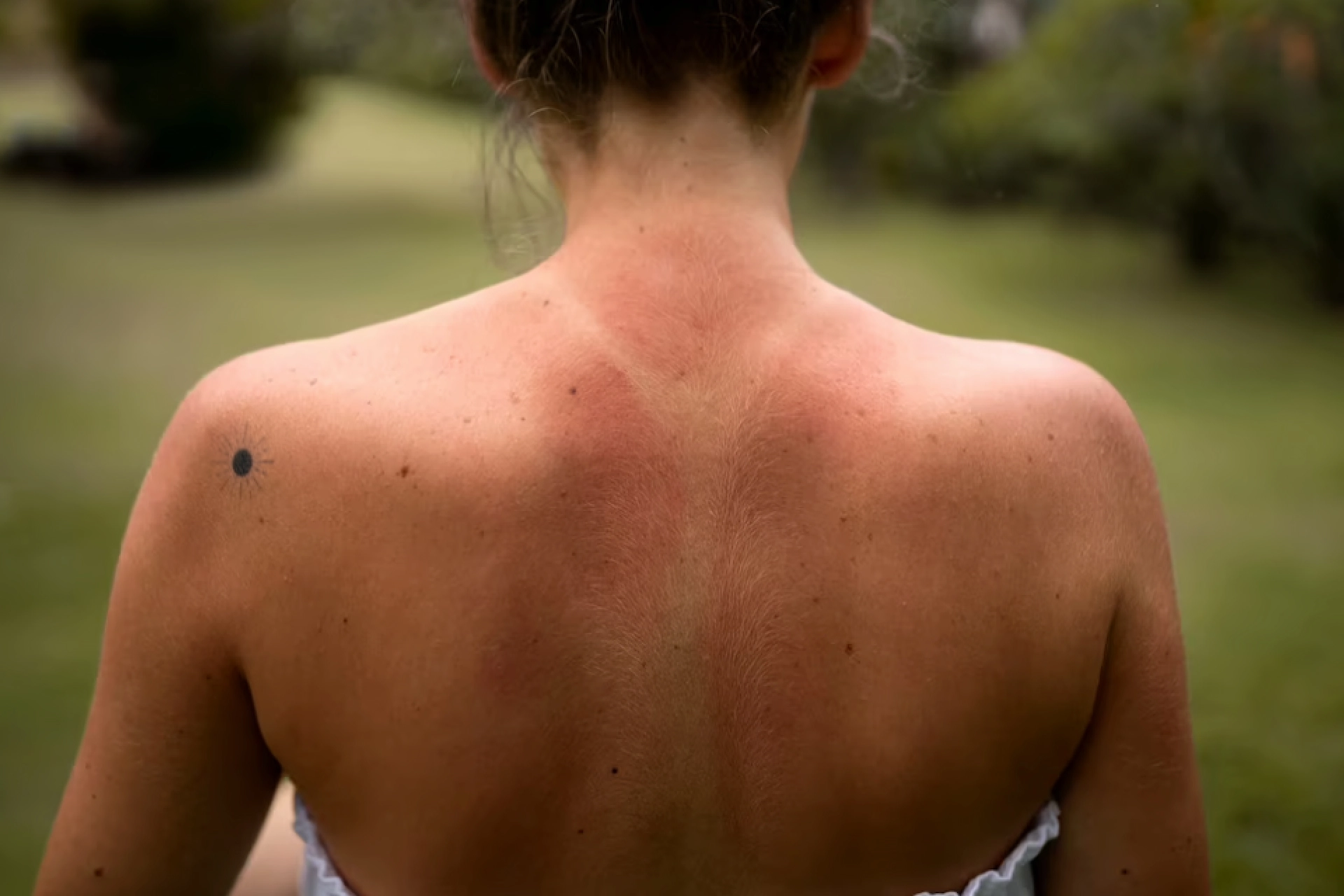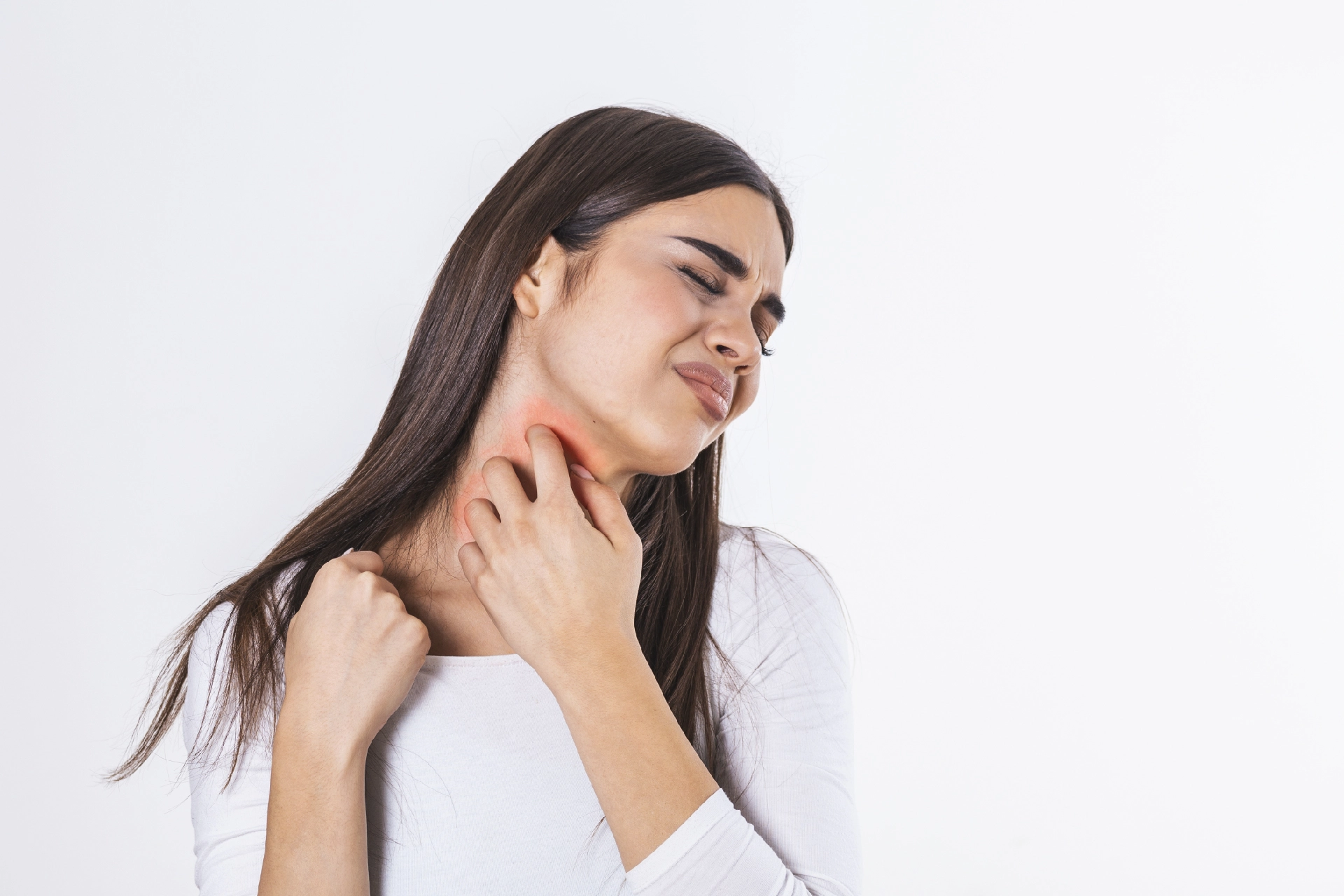Prosthodontics | 5 min read
7 Types of Alopecia: Their Symptoms and Effective Treatment Options
Medically reviewed by
Table of Content
Key Takeaways
- Alopecia areata, androgenic alopecia are among the major types of alopecia
- Alopecia causes symptoms like baldness and hair loss across the body
- Alopecia treatment options include aromatherapy, scalp massages and more
When you notice sudden hair fall, alopecia may be the cause. Alopecia is a general term for hair loss. There are many different types of alopecia. The types of alopecia and their causes depend on the place of hair fall. You may have an autoimmune condition that causes it. Otherwise, your genes, stress or even a tight hairstyle may be the culprit. Alopecia is a non-curable disease, but with various treatment options, you can experience regrowth and prevent hair loss.
To understand more about various alopecia causes as well as its types, symptoms and treatment options, read on.
Types of Alopecia
Alopecia Areata
It is an autoimmune disease that starts off with hair loss in isolated patches. Globally, around 147 million people are affected by this disease [1]. Here, the T cells of your immune system gather around and attack hair follicles. This stops them from producing hair. The patches are usually the size of a coin and can be round or oval in shape. They occur at any place of the body, such as:
- Scalp
- Beard
- Eyebrows
- Body
There are different types of alopecia areata depending on how much hair loss you have experienced. Here are some of them.
- Alopecia totalis happens when you experience complete hair loss on your scalp.
- Alopecia universalis occurs when you lose hair across the scalp, face, and rest of your body.
- Diffuse alopecia areata happens when, instead of patchy hair loss, you experience thinning of hair across your scalp.
- Alopecia barbae occurs when your beard hair is affected. It begins suddenly and you may experience hair loss along the jawline.
Alopecia areata can affect everyone, be it men, women, or children. About 50% of the causes start in childhood and approximately 10-25% of the patients have a family history of alopecia or other autoimmune conditions. [2]

Androgenic Alopecia
It is one of the common types of alopecia in females and males. In men, it is popularly known as male-pattern baldness. The hair loss starts above your temples and gradually receding hairline in the shape of the letter ‘M’. In women, instead of hair loss, there is thinning of hair all over the scalp and the hairline does not recede. It is very uncommon for women to experience total hair loss.
Traction Alopecia
This type is neither caused by genetics nor your immune system. It is result of your hair follicles being strained. The strain causes your hair strands to pull out and damage the follicles. If you wear your hair pulled back tightly or wear headgear that is tight, you may experience this condition. It can happen wherever there is strain, including the top of your head or beard.
Additional read: How to Stop Hair Fall: 20 Easy Ways to Reduce Hair Loss

SLE Caused Alopecia
SLE is Systemic Lupus Erythematosus commonly known as lupus. It is an autoimmune disease where your body’s immune system starts attacking your own organs and tissues. In some cases, lupus can also cause hair loss after which chances of regrowth become uncertain. There are usually two types of alopecia in SLE, scarring and non-scarring. It is caused by the inflammation or discoid lesions caused by lupus. It may also be a reaction to the medication. The hair damage caused by this is reversible only if the disease is treated or under control.
Common Alopecia Symptoms
Alopecia can happen in different ways depending on the cause. It can be a gradual hair loss or a sudden hair loss across your body or scalp. Some of the common symptoms are:
- Sudden loss of hair
- Thinning on the top of your head
- Patches of scales spread over the scalp
- Hair loss across the body
- Bald spots in patches or in a circular form
Consult a doctor when you see increased hair loss or any other symptoms. Hair loss may also be an early sign of an underlying condition such as lupus or hyperthyroidism.

Alopecia Treatment Options
One of the focuses in the treatment of alopecia is how to stop hair fall and how to help hair grow back. Few of the treatment options that help with these are:
- Topical immunotherapy
- Corticosteroid injections
- Oral corticosteroid
- Anti-inflammatory drugs
To prevent hair fall, home remedies can also be tried. Some of them include:
- Increasing protein and iron intake
- Aromatherapy
- Scalp massages
- Applying pumpkin seed oil
You may even try hair transplants to reduce the visibility of bald patches. Remember to consult dermatologist online or in person before trying out any new treatment options!
Additional read: What is Hair Transplant?
While alopecia doesn't come with big health risks, it may cause social anxiety. The sooner you seek treatment for it this, the better are your chances of preventing any irreversible damage. Apart from alopecia, there may be other reasons for hair loss like hormonal changes or radiotherapy. For a quick diagnosis, book an appointment for an in-person or online doctor consultation on Bajaj Finserv Health. This way you can address your hair loss issues at the right time.
References
- https://www.naaf.org/faqs
- https://www.alopecia.org.uk/alopecia-areata
Disclaimer
Please note that this article is solely meant for informational purposes and Bajaj Finserv Health Limited (“BFHL”) does not shoulder any responsibility of the views/advice/information expressed/given by the writer/reviewer/originator. This article should not be considered as a substitute for any medical advice, diagnosis or treatment. Always consult with your trusted physician/qualified healthcare professional to evaluate your medical condition. The above article has been reviewed by a qualified doctor and BFHL is not responsible for any damages for any information or services provided by any third party.





